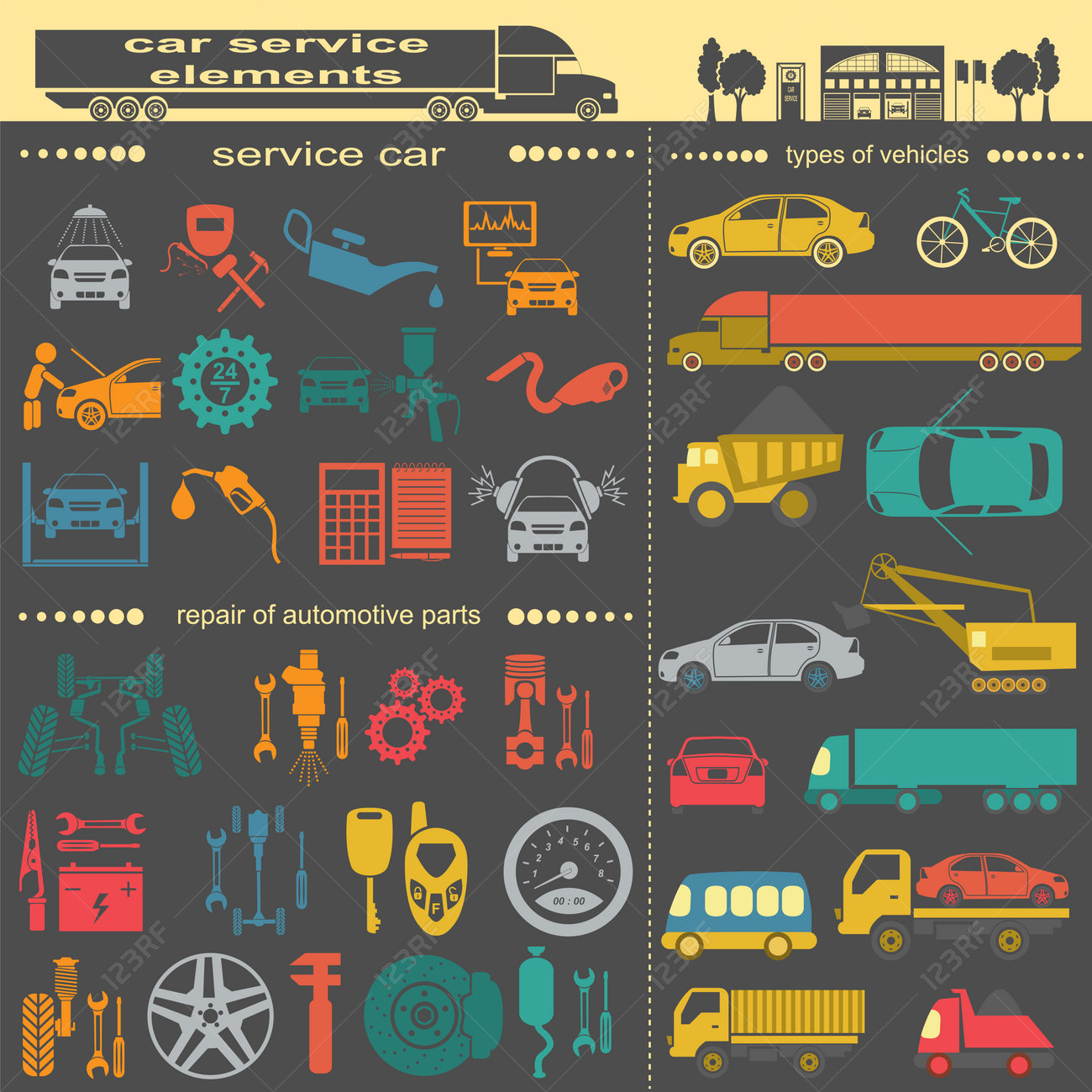Interested Concerning Those Dashboard Caution Lights In Your Vehicle? Learn What They Suggest For Your Vehicle'S Health And Safety
Interested Concerning Those Dashboard Caution Lights In Your Vehicle? Learn What They Suggest For Your Vehicle'S Health And Safety
Blog Article
pop over to this website By-Samuelsen Corbett
When you lag the wheel, those beautiful caution lights on your control panel can be a bit difficult. Do you recognize what they're attempting to inform you regarding your cars and truck's wellness? Comprehending the importance of these lights is essential for your safety and the long life of your automobile. So, the next time one of those lights pops up, wouldn't you wish to analyze its message properly and take the essential actions to address it?
Common Warning Lighting and Interpretations
Determine common caution lights in your car and recognize their significances to guarantee secure driving.
One of the most normal caution lights include the check engine light, which signals concerns with the engine or discharges system. If this light comes on, it's important to have your lorry inspected promptly.
The oil pressure warning light indicates low oil stress, calling for prompt interest to avoid engine damages.
A blinking battery light could recommend a faulty charging system, possibly leaving you stranded otherwise attended to.
The tire pressure tracking system (TPMS) light signals you to reduced tire stress, affecting car stability and gas effectiveness. Disregarding this can bring about unsafe driving conditions.
The abdominal light suggests an issue with the anti-lock stopping system, jeopardizing your capability to quit promptly in emergency situations.
Lastly, the coolant temperature warning light warns of engine overheating, which can lead to severe damage otherwise solved promptly.
Comprehending these typical warning lights will assist you deal with problems without delay and maintain secure driving conditions.
Value of Prompt Interest
Understanding the typical warning lights in your car is only the first step; the significance of immediately addressing these warnings can't be highlighted sufficient to guarantee your security when traveling.
When a caution light brightens on your control panel, it's your cars and truck's means of communicating a prospective problem that requires attention. Disregarding these warnings can cause more extreme problems in the future, compromising your safety and security and possibly costing you more in repairs.
Trigger focus to advising lights can prevent failures and mishaps. As an example, a flashing check engine light can suggest a misfire that, if left ignored, might cause damages to the catalytic converter. Addressing this without delay can save you from a pricey repair service.
In a similar way, a brake system advising light may indicate low brake liquid or used brake pads, vital parts for your safety when driving.
Do It Yourself Troubleshooting Tips
If you notice a warning light on your dashboard, there are a few DIY troubleshooting tips you can try before seeking specialist assistance.
The initial step is to consult your cars and truck's guidebook to recognize what the particular warning light indicates. In some cases the issue can be as basic as a loose gas cap causing the check engine light. Tightening up the gas cap may fix the issue.
One more common concern is a reduced battery, which can cause different alerting lights. Inspecting the battery connections for rust and ensuring they're safe could repair the problem.
If a caution light lingers, you can try resetting it by detaching the auto's battery for a few mins and then reconnecting it. Furthermore, inspecting nz detailing , such as oil, coolant, and brake fluid, can help troubleshoot advising lights associated with these systems.
Conclusion
To conclude, understanding your cars and truck's warning lights is crucial for keeping your automobile running smoothly and securely. By promptly addressing these notifies and knowing what they indicate, you can stay clear of expensive fixings and prospective breakdowns.
Remember to consult your vehicle's handbook for certain details on each alerting light and act appropriately to make sure a hassle-free driving experience.
Stay informed, stay secure when traveling!
